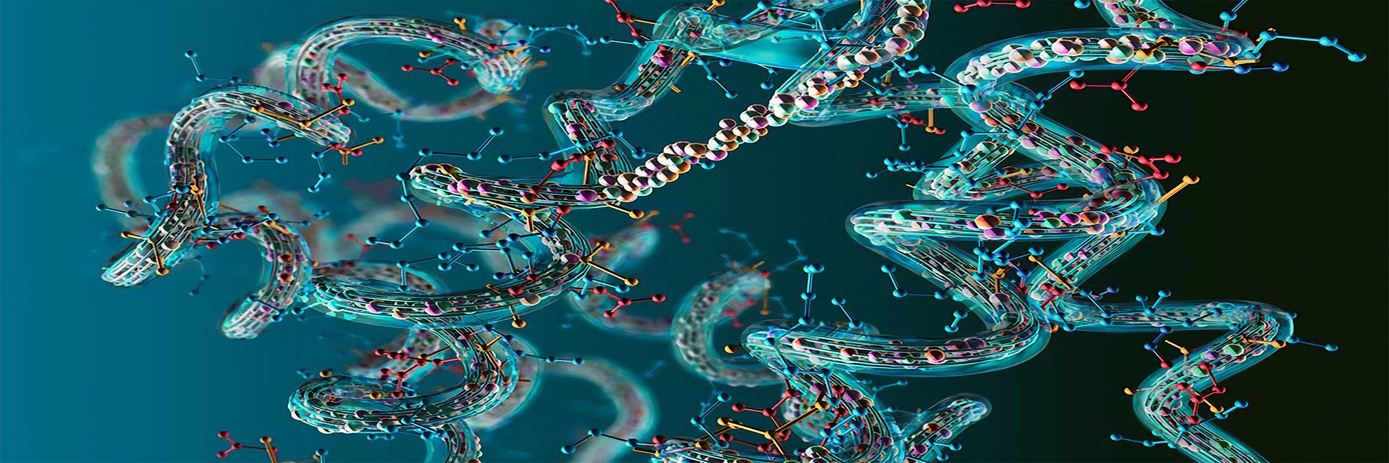The emergence of bispecific antibodies has been heralded as the fourth wave of biopharmaceutical innovation, providing opportunities to target two different antigens with a single therapeutic. For example, some bispecific antibodies can bind different antigens expressed on two different cell types, bringing those cells together as a more effective treatment for complex diseases. There are also bispecific antibodies that can simultaneously bind and interfere with two different receptor-ligand interactions for a more effective blockage of proliferative or angiogenesis-associated pathways.
But developing a bispecific antibody presents several challenges, including those related to dual binding, screening, pharmacodynamics, tissue tropism, and potency. The following are key considerations:
- Dual binding: Bispecific antibodies must be engineered to bind two different antigens or epitopes on the same antigen with high specificity and affinity. Ensuring the correct pairing of the antibody fragments is critical for the efficacy of the bispecific antibody.
- Screening: Screening for bispecific antibodies with desired binding properties can be complex. High-throughput screening methods that enable the identification of antibodies with the desired specificity and affinity are essential.
- Pharmacodynamics: The pharmacodynamics profile of bispecific antibodies is complicated by multiple protein-protein interactions on the same molecule. Bispecific antibodies must be carefully designed to ensure the desired biological activity, such as the ability to induce cell killing or immune modulation.
- Tissue tropism: Bispecific antibodies must be designed to target the appropriate tissue or cell type. Factors such as antibody size, affinity, and binding orientation can impact tissue tropism and influence the pharmacokinetics and efficacy of the bispecific antibody.
- Potency: Bispecific antibodies must have sufficient potency to achieve the desired therapeutic effect. Achieving high potency requires careful optimization of antibody titers and may involve using novel characterization strategies.
A critical component of the bispecific antibody development workflow is to ensure appropriate cell line development protocols are in place. Recently, cell line development workflows have been enhanced by automation and high-throughput technologies for clone development, clone selection, cell expansion, and cell growth analysis. But despite these advancements, challenges remain in higher-throughput bioanalytical assay development to evaluate clone productivity and characterize the protein product.
Affinity high-performance liquid chromatography (HPLC) and size exclusion (SEC) HPLC is often used to characterize protein expression from cell lines. However, each involves lengthy, complex workflows, resulting in longer process time to data and subsequent analysis. Common bottlenecks include:
- Lengthy and tedious protocols: Bispecific antibody production involves complex protocols. The process requires multiple steps, including engineering the antibody fragments, expression and purification, and characterization of the final product. These steps require significant expertise to execute successfully.
- Time-consuming process: Bispecific antibody development can be affected by factors such as the cell line, transfection efficiency, and protein stability. Ensuring consistency and reproducibility is critical, which requires constant process optimization.
- Digitization and analysis: Since the process involves multiple steps, each involves careful characterization and analysis. The analysis reports obtained after overnight experiments pose a manufacturing risk making it difficult to identify potential issues early in the process. Ensuring early assessment and clear visibility of performance during each step of the experiment is critical to identify potential issues and optimize the production process.
Addressing these challenges is critical for the successful development of bispecific antibodies.
Improving speed, efficiency, and productivity
The advent of next-generation and higher-throughout protein analysis and characterization platforms provides a time-efficient and effective method for evaluating bispecific antibody protein quality, offering significant time savings compared to traditional methods such as affinity or SEC HPLC. By improving speed, efficiency, and productivity of bispecific antibodies, labs can accelerate their antibody development projects and reduce common bottlenecks.
The LabChip™ GXII Touch™ protein characterization system can be used for bispecific antibody evaluation, specifically to analyze titer, protein degradation, protein aggregation, glycan profiling, and potency determination as part of the cell line development workflow.
As more bispecific antibodies are produced for therapeutic applications, fast and accurate methods for evaluating and characterizing the stability of these antibody drugs are needed. As demonstrated in this application note, high-throughput HTRF™ and LabChip GXII Touch platforms can provide complementary insights into stability and the degradation pathways of a bispecific antibody. By leveraging the biochemical HTRF binding assay, the functionality of the antibody can be assessed, allowing for stability evaluations across various formulations. The LabChip ProteinEXact assay offers valuable insights into the degradation of specific antibody components, such as the light chain or the heavy chain. These complementary platforms serve as crucial tools in evaluating the stability and variability of bispecific antibodies, making them indispensable in the biologics workflow for assessing their identity and robustness as potential biotherapeutics.

































